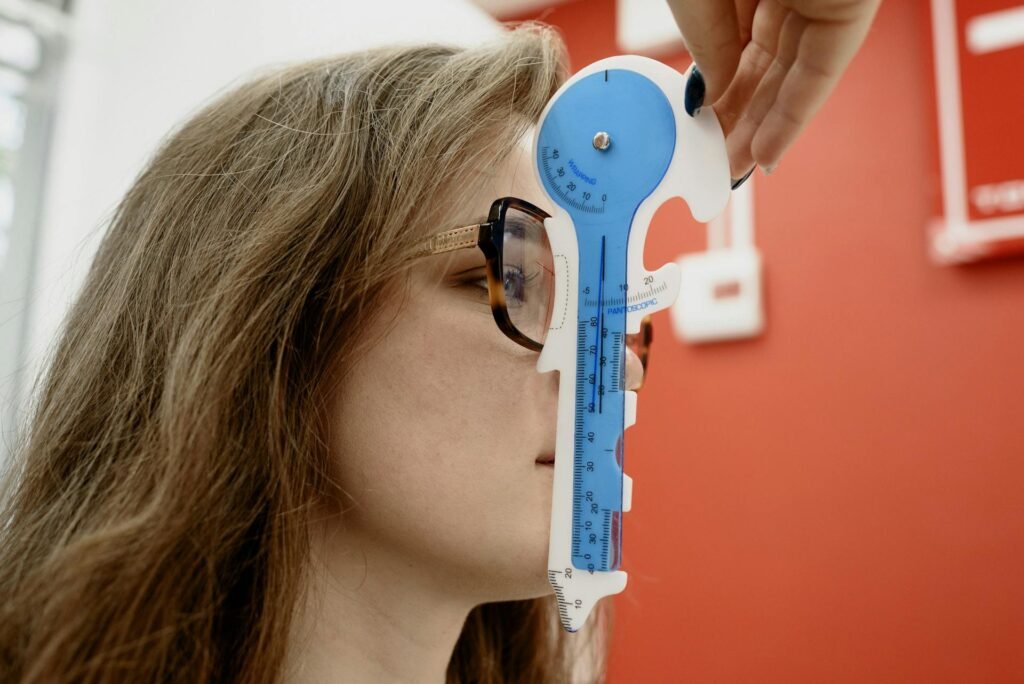In our modern, digital-centric lives, our eyes bear the brunt of a significant amount of strain – from blue light emitted by screens to the stress of overworked near-sighted vision. In the battle for our sedentary attention, our eye health often takes a backseat. But before you reach for your smartphone or settle in for another episode of your favorite show, take a moment to consider the importance of preserving and nurturing your vision. Protecting and promoting eye health is not just about preventing discomfort in the here and now; it’s about ensuring that your eyes function optimally for the rest of your life.
Understand the Importance of Regular Eye Exams
Table of Contents
Eye exams are not just for kids or elders; they are an essential part of your comprehensive healthcare routine. Specialists recommend a check-up at least every two years, even if you believe your vision is perfect. During an eye exam, professionals can detect early signs of medical conditions such as diabetes and glaucoma, which often show no symptoms in their initial stages. Early detection can be crucial in effective management and treatment of eye diseases.
Promote Balanced Nutrition for Eye Health
Your diet plays a significant role in maintaining healthy eyesight. Foods rich in omega-3 fatty acids, such as salmon and flaxseeds, can protect against dry eyes and macular degeneration. Antioxidants from colorful fruits and vegetables, like carrots (for their beta-carotene content) and bell peppers (for their high levels of vitamin C), contribute to the protection of eye cells from damage and can improve vision.

Protect Your Eyes from the Sun
Just as you take pains to shield your skin from the sun, don’t forget about your eyes. Long-term exposure to ultraviolet (UV) rays can lead to cataracts, a clouding of the lens in your eye that affects vision. When outdoors, make sure you wear sunglasses that offer 100% UV protection. Remember, it’s not just about brightness; UV rays can penetrate overcast skies as well.
Follow the 20-20-20 Rule
Digital eye strain is an increasingly common complaint. The 20-20-20 rule is a simple way to reduce this strain: every 20 minutes, look at something 20 feet away for at least 20 seconds, to give your eyes a break from the intensity of your screen.
Adjust Your Workspace to Reduce Eye Strain
An improperly set up workstation can lead to eye discomfort. Make sure your computer screen is about an arm’s length away, with the center of the screen about 4-5 inches below eye level. Consider an anti-glare screen if needed and adjust the lighting in the room. Position the monitor to avoid reflections and glares from indoor and outdoor light sources.
Practice Good Contact Lens Hygiene
If you wear contact lenses, making a habit of proper hygiene and care is non-negotiable. Always wash your hands before handling your lenses, and ensure you replace them as per the schedule recommended by your eye care professional. Sleeping in contact lenses, unless prescribed by your doctor, is risky and can lead to serious eye infections.
Stay Hydrated for Your Eye’s Sake
Dehydration can cause dry eye syndrome, a condition in which the eyes don’t produce enough tears or the right quality of tears to be healthy and comfortable. The solution is as simple as staying adequately hydrated by drinking plenty of water throughout the day.
Limit Screen Time and Minimize Blue Light Exposure
Our lives are filled with screens, from our phones to our computers to our televisions. All of these devices emit blue light, which can lead to digital eye strain. Where possible, limit your screen time, particularly in the evening, to promote better sleep. You can also use blue light filters and adjust the brightness and contrast settings on your devices to reduce the impact.
Stay Active for General Well-Being, Including Eye Health
Regular exercise is good for your whole body, and your eyes are no exception. Exercise can increase the flow of blood to the retina and help manage chronic eye conditions like glaucoma by reducing intraocular pressure. Keep in mind that activities that increase your heart rate—such as walking, running, or dancing—offer the greatest benefit.
Don’t Smoke – It’s Bad for Your Eyes
Smoking and even exposure to second-hand smoke increases the risk of eye diseases such as cataracts and macular degeneration. The best way to protect your eyes, as well as the rest of your body, is to avoid smoking altogether.
Incorporating these ten tips into your daily life will significantly contribute to the long-term health of your eyes. Remember that small changes in lifestyle now can lead to a world of difference in how you see the future. After all, good vision is not just a spectator of life; it’s a player in your life’s full experience.


